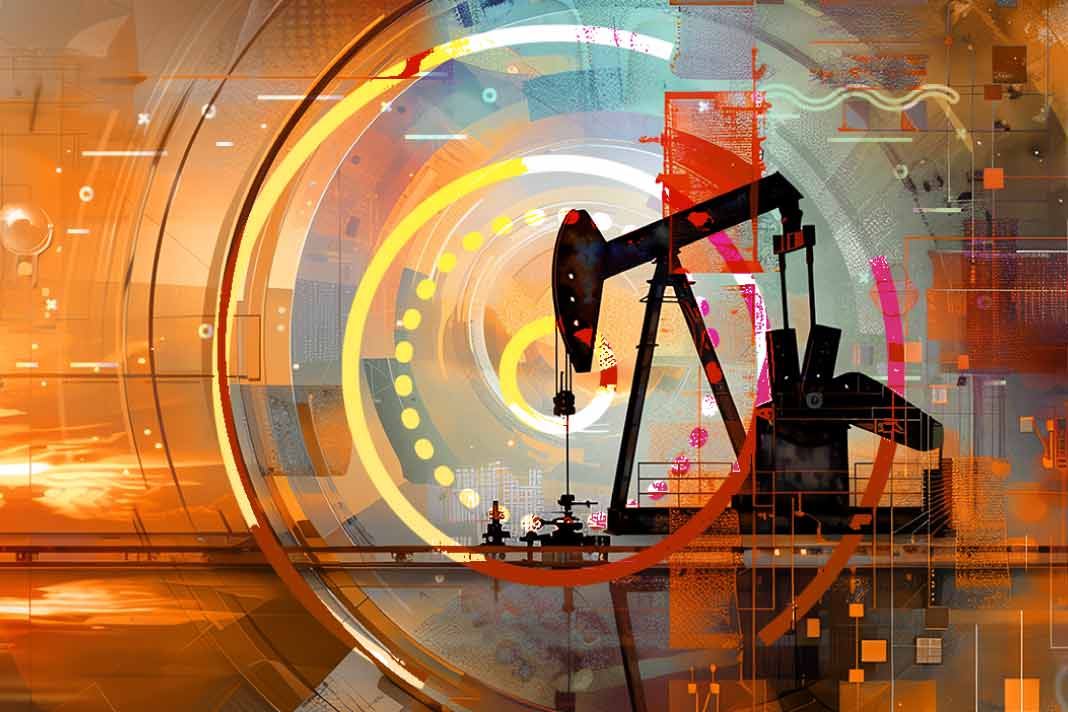Discover how AI-powered machine vision is revolutionizing mining core analysis, boosting accuracy, speeding up processes, and supporting geologists worldwide.
Digital transformation continues to affect many areas. Digitalization is no longer a buzzword but a necessity for companies that want to make their business more efficient and optimize their work processes. The field of mining is no exception. The use of technologies such as the Internet of Things, digital twins, machine vision, and artificial intelligence is becoming increasingly common.
According to a PwC study, AI and IoT are informing new solutions, such as predictive maintenance, integrated planning simulations and optimization, digital twins, and robotics for agile operations, which let miners scale production up or down as commodity prices fluctuate. Mining Digital also highlights AI and Machine Learning as one of the growing trends in the mining industry in 2025.
Despite the accelerated pace of digital transformation, not all industries and companies actively participate. Some are just trying to adopt advanced technologies and optimize their workflows by testing one approach or another, while other companies can’t imagine their work without the help of technology.
Mining is one of the most conservative industries, and the impact of digitalization has not yet been as noticeable as in the oil and gas sector. However, the industry is actively developing: mining companies are most interested in digitalization in terms of ore quality management and drilling and blasting, dispatching open pit and underground mining operations, and improving the efficiency of dump truck drivers. Digital technologies are being introduced on a larger scale in oil production. Not only are individual solutions being applied, but full-fledged virtual twins—so-called “digital fields”—are also being created. The tool allows for collecting real-time data from a real object: equipment status, transportation movement, and process analytics. In addition, the spread of digital twins in oil fields has significant economic effects.
In reality, where fields have digital twins, monotonous manual labor seems a relic of the past. However, some parts of mining companies’ operations have yet to be touched by digital progress. Until recently, core recognition was one of them.
Also Read: Do We Need a Mindset Shift for Ethical AI?
Core analysis: realities and challenges
Core—a rock sample obtained from a well—is the source of a wealth of data. Geologists learn about the structure of the subsurface and the composition of rocks. From this, it is easy to conclude that core analysis is not only one of the primary but also an extremely important process for any mining operation. Despite this, its recognition, even in 2025, is done traditionally.
The data collection process is influenced by the geology team’s working conditions. Specialists are often sent to hard-to-reach areas with difficult weather conditions. Geologists cannot always use the Internet or a laptop to record data. However, Russian geologists traditionally document rock characteristics in paper geological logs, even in laboratories.
This approach is characterized by several problems, the main one being time consumption. On average, a single sample analysis can take several days to several weeks. If a complex geochemical study is required, the process can take months.
Such work is attention-intensive, labor-intensive, and potentially inaccurate due to human error. Interpreting core analysis results requires highly skilled professionals. Incorrect interpretation can lead to erroneous drilling or development decisions, resulting in major financial losses for the client company.
How machine learning recognizes core
A technology that can qualitatively change and simplify core recognition is machine vision. The tool automatically recognizes images and gives detailed descriptions based on big data.
Although machine vision is already being used worldwide in safety and security, agriculture, and healthcare, solutions for analyzing cores based on this technology do not yet exist. However, Usetech has found a way out—a proprietary development called “Usecore.”
Inside the solution is a machine vision-based algorithm that detects rock columns and determines their class based on characteristics. In addition, the system will automatically determine the depths corresponding to each core column. Thus, the geologist will get extensive information about the rock: its structure and composition, age, formation conditions, and hydrocarbons.
“Now core recognition is carried out manually. The geologist analyzes the well, writes on paper, and then enters the data into a table. Machine vision will simplify this work due to the fact that core photos will be analyzed by artificial intelligence. It is a kind of decision support system. The geologist trusts the system to analyze the core, so the process takes place quickly relative to visual inspection,” explained Ilya Smirnov, Head of the AI&ML Department at Usetech.
The solution also allows for the automatic synchronization and integration of machine core recognition with well geophysical survey data.
According to Ilya Smirnov, such integration is necessary to increase the reliability of characterization, recovery prediction and subsequent actions based on this prediction.
“We expect that the accuracy of the forecast will improve due to the integration with seismic and electrical survey data. Field data carry additional information about the geologic structure of the environment from which the core sample is taken. The accuracy of each of these methods is not very high, but the parameters will allow for more accurate forecasting of mineral reserves,” said Ilya Smirnov.
Also Read: AI: Designing Workspaces for the Future
Effects and fears: can a program replace a geologist?
Usetech specialists estimate that the automated approach will speed up core processing up to 10 times.
“It will be a conveyor belt: the geologist will not have to analyze the core much. This will save time and money. We communicate a lot with leading companies in the mining industry, and they all feel the need for such solutions,” said Nikita Efimov, Head of Business Development, Usetech. “The development of such technologies is necessary not only for business, but also for non-profit organizations. Government agencies responsible for all mineral reserves need routine automation as much as businesses do”.
The positive effect of machine learning in core recognition will not only save time, but also improve the accuracy of the analysis. Companies will be able to minimize the human factor in core evaluation and interpretation of results and, as a result, reduce costs due to errors.
It should be clarified that the solution will not become a full-fledged replacement for a geologist. According to Usetech experts, such a replacement is simply not possible today. “We are not creating a digital double of a geologist. It is about helping the specialist, not abolishing him. We are calling Usecore a digital tipster. The technology will do the mechanical work, but it will still be a human being who will make the mining decision,” summarized Nikita Efimov.



